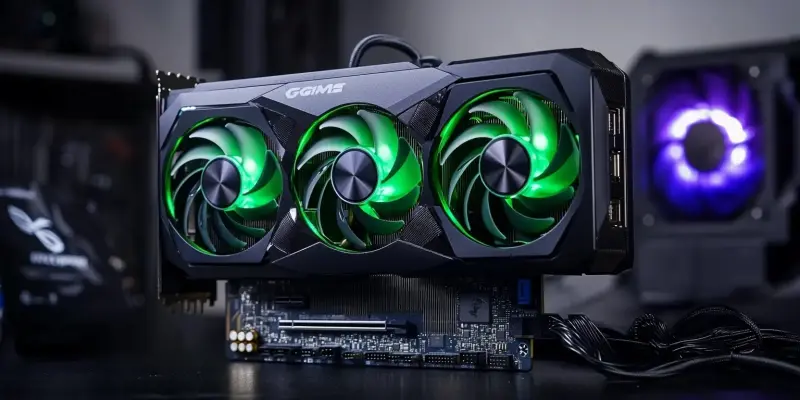Ensuring that you are always using the latest NVIDIA driver can be critical to maintaining the security and performance of your system. The latest software security update from NVIDIA addresses several significant vulnerabilities in GPU display drivers, strengthening the overall protection of your system. With eight security flaws resolved, including two high-risk ones, this update is a notable development in enhancing user safety.
One of the primary vulnerabilities addressed (CVE-2024-0150) involves a “buffer overflow” in the GPU display driver, which could lead to extensive system compromise and data leakage. This type of vulnerability can allow malicious actors to exploit the system, possibly leading to unauthorized access to sensitive information. Another critical issue tackled pertains to the virtual GPU manager, which previously presented a risk of memory corruption. This flaw could enable a malicious guest to execute code or alter data on the host system, posing a significant security risk.
In addition to these high-priority fixes, NVIDIA has also patched six medium-severity vulnerabilities that affect a broad range of products, ensuring a more secure user experience. It is essential for users to update to the recommended driver versions—553.62 or 539.19 for Windows, and v550.144.03 or v535.230.02 for Linux. These updates are crucial not only for owners of GeForce GPUs but also for those utilizing NVIDIA RTX, Quadro, NVS, and Tesla products, given the widespread impact of these vulnerabilities.
The recent security update underscores the importance of keeping your drivers current to defend against potential exploits. By regularly updating to the latest driver versions, users can significantly enhance their system’s security and integrity. NVIDIA’s commitment to providing timely and comprehensive security updates reflects their dedication to maintaining high standards for user protection. Keeping your system up to date with the latest security patches from NVIDIA is essential for safeguarding your data and ensuring optimal performance.

